W.B. YEATS
The Stolen Child

Illustrated by Erin Brown


Illustrated by Erin Brown
First published 2025 by The O’Brien Press Ltd, 12 Terenure Road East, Rathgar, Dublin 6, D06 HD27, Ireland
Tel: +353 1 4923333; Fax: +353 1 4922777
E-mail: books@obrien.ie; Website: obrien.ie
The O’Brien Press is a member of Publishing Ireland.
Copyright for text, illustrations, layout, editing and design © The O’Brien Press Ltd 2025 Illustrations by Erin Brown. Introduction by Nicola Reddy. Design by Emma Byrne.
ISBN: 978-1-78849-517-2
All rights reserved. No part of this publication may be reproduced or utilised in any form or by any means, electronic or mechanical, including for text and data mining, training artificial intelligence systems, photocopying, recording or in any information storage and retrieval system, without permission in writing from the publisher.
8 7 6 5 4 3 2 1 29 28 27 26 25
Printed and bound by Oriental Press, Dubai.
The paper used in this book is produced using pulp from managed forests.
A note on the text:
‘The Stolen Child’ was first published in The Irish Monthly in December 1886. It was then collected in W.B. Yeats’s books Fairy and Folk Tales of the Irish Peasantry (1888) and The Wanderings of Oisin and Other Poems (1889). Originally, the faeries’ refrain was ‘Come away, O, human child! To the woods and waters wild’. Yeats revised the lyrics for the collection Poems by W.B. Yeats (1895), changing the refrain to ‘Come away, O human child! To the waters and the wild’. This is the version that most people know best, and it’s the one we chose to reproduce here.
To Sam. For the puns, puzzles and coffee. And for just being you. EB
Published in
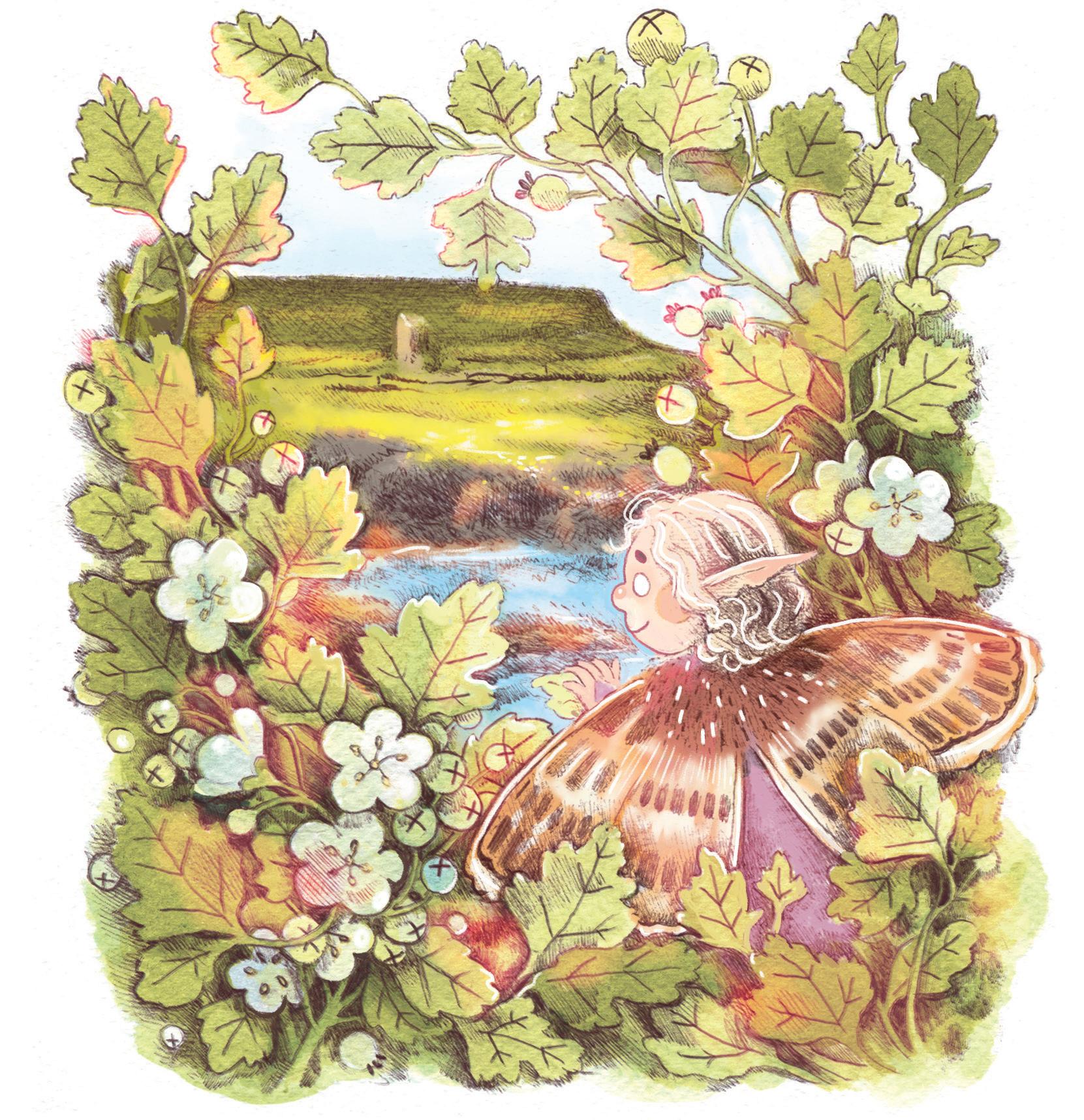

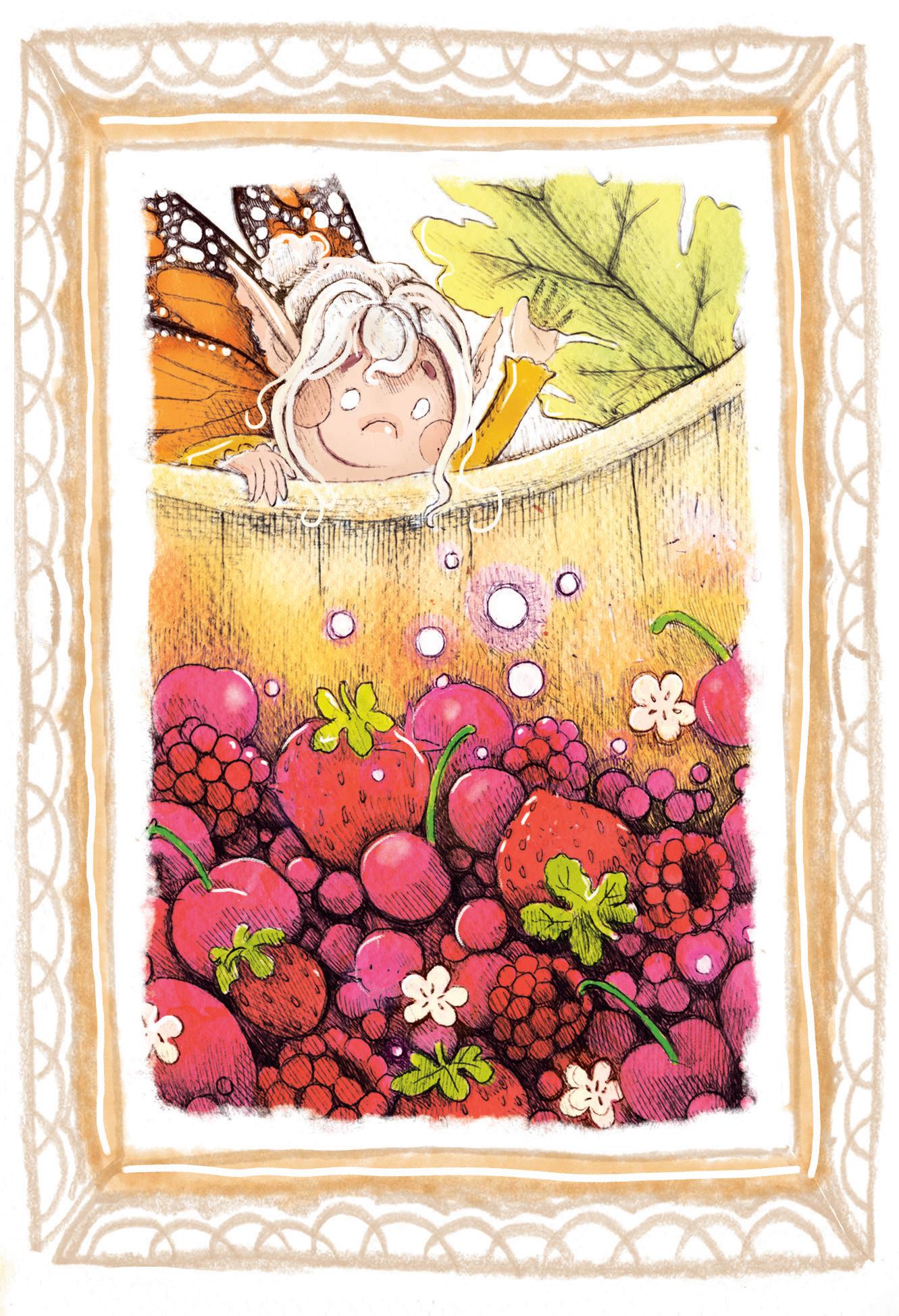
William Butler Yeats was just twenty-one when he wrote ‘The Stolen Child’, which is one of his most famous poems. As a child, he spent his summers with his grandparents in Sligo. He loved to wander the countryside, swim in the sea and ride his pony, and he spent hours listening to the local people telling tales of ghosts and spirits, heroes of ancient Ireland, and the faery folk who live all around us. The young Yeats was fascinated by the supernatural, and his early poems glitter with magic and mystery.
In ‘The Stolen Child’, a boy is taken from his home and led ‘hand in hand’ to the land of the faeries. They tell him that the human world is ‘full of weeping’, while in the faery world they dance and chase bubbles and eat delicious berries.
Many Irish folktales tell of children being taken away by the faeries, or even swapped with a faery while they sleep. Here, though, you wonder if the child is really being stolen – as in the title – or if he’s happily following the faeries into this new life. Or could it be that the faeries have cast a spell over him? Are things really as they seem?
The settings in ‘The Stolen Child’ – Slewth Wood, the Rosses and Glencar – are all real places that you can visit. If you go for a walk in Slewth Wood, also known as Slishwood, you can see the island that inspired another Yeats poem, ‘The Lake Isle of Innisfree’. Keep an eye out for signs of the faery folk, for as the poet himself said, ‘Everything exists, everything is true, and the earth is only a little dust under our feet.’

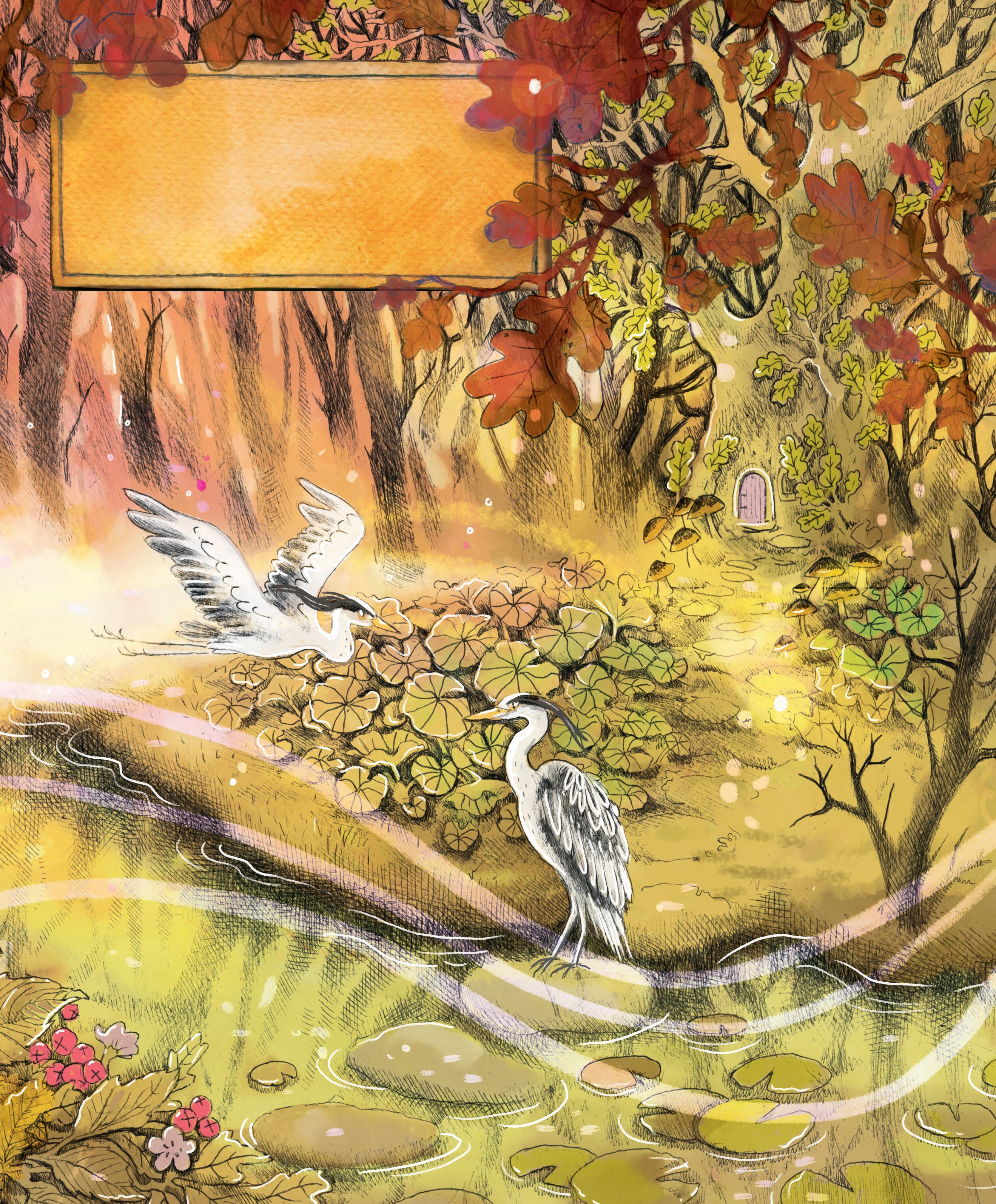

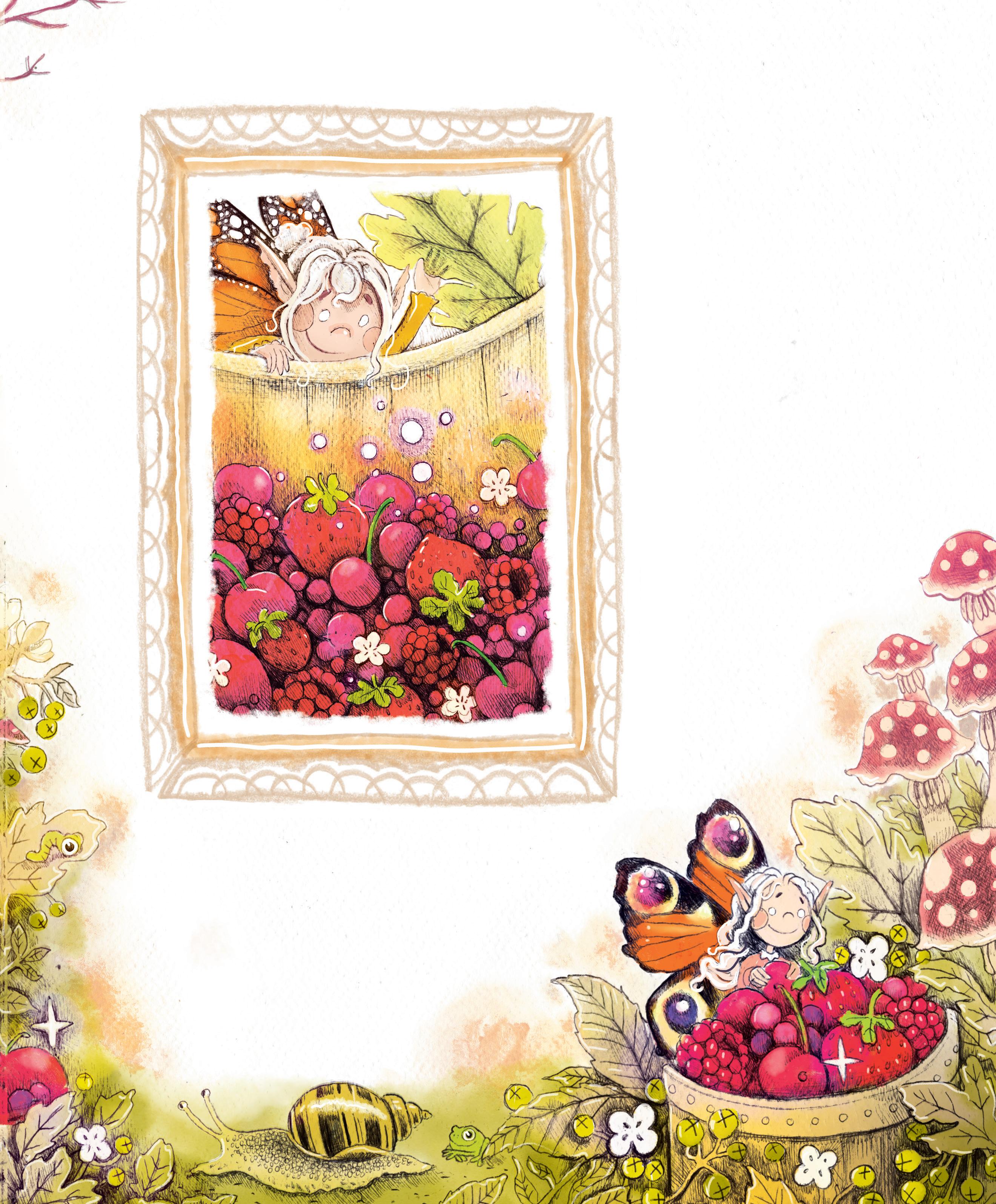
There we’ve hid our faery vats
Full of berries, And of reddest stolen cherries.
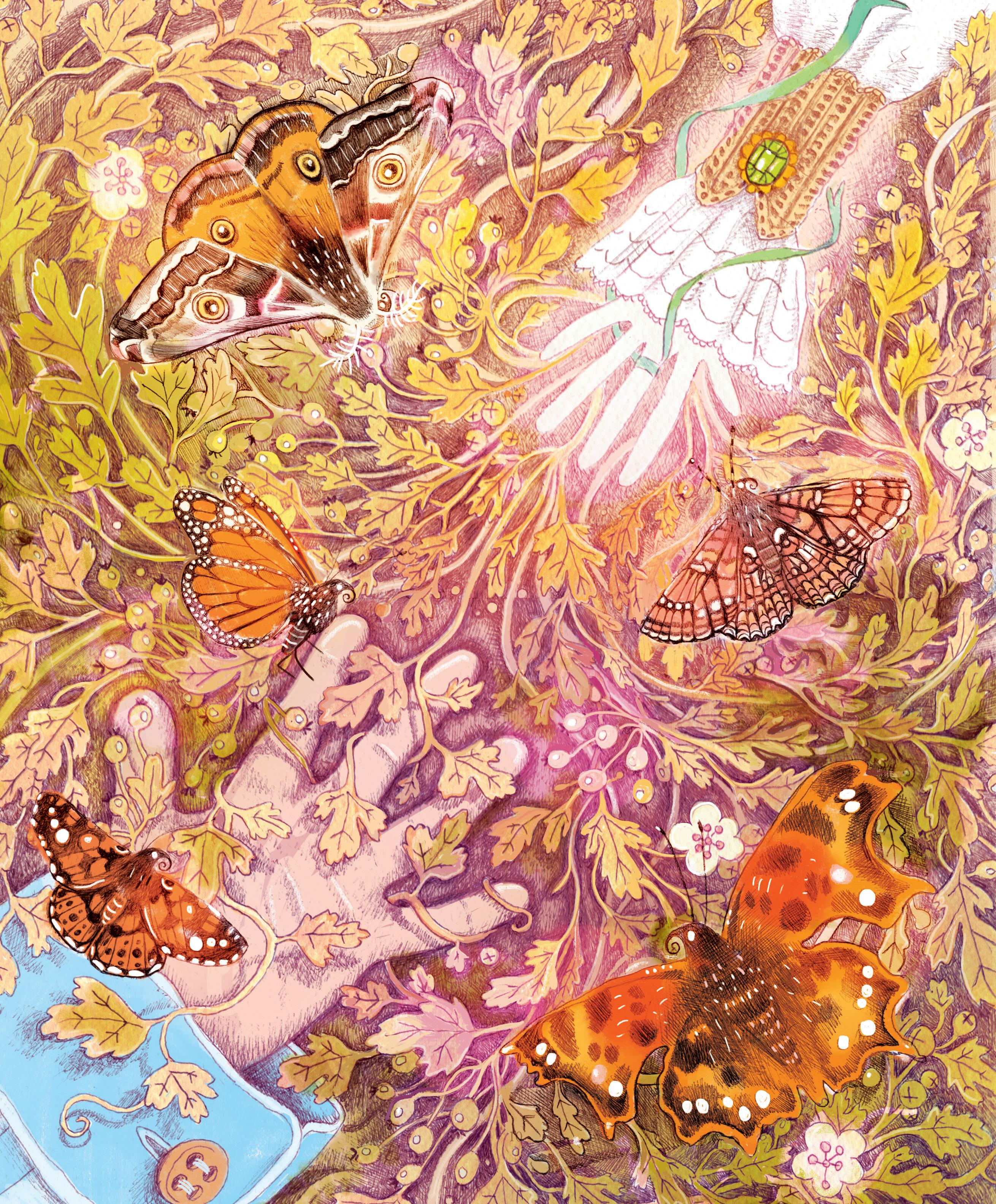

Come away, O human child!
To the waters and the wild
With a faery, hand in hand,
For the world’s more full of weeping than you can understand.

The dim grey sands with light,
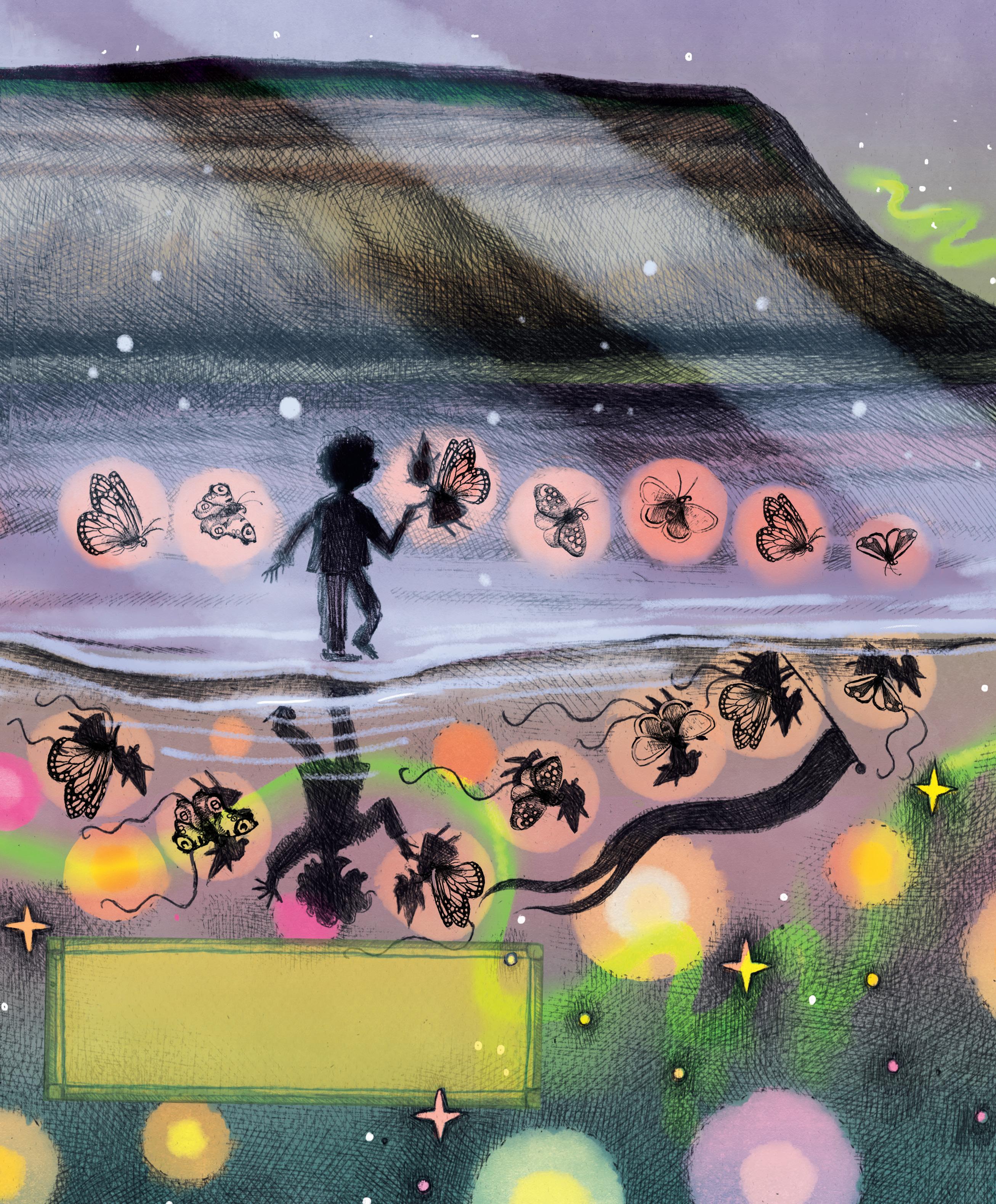
Far off by furthest Rosses
We foot it all the night,
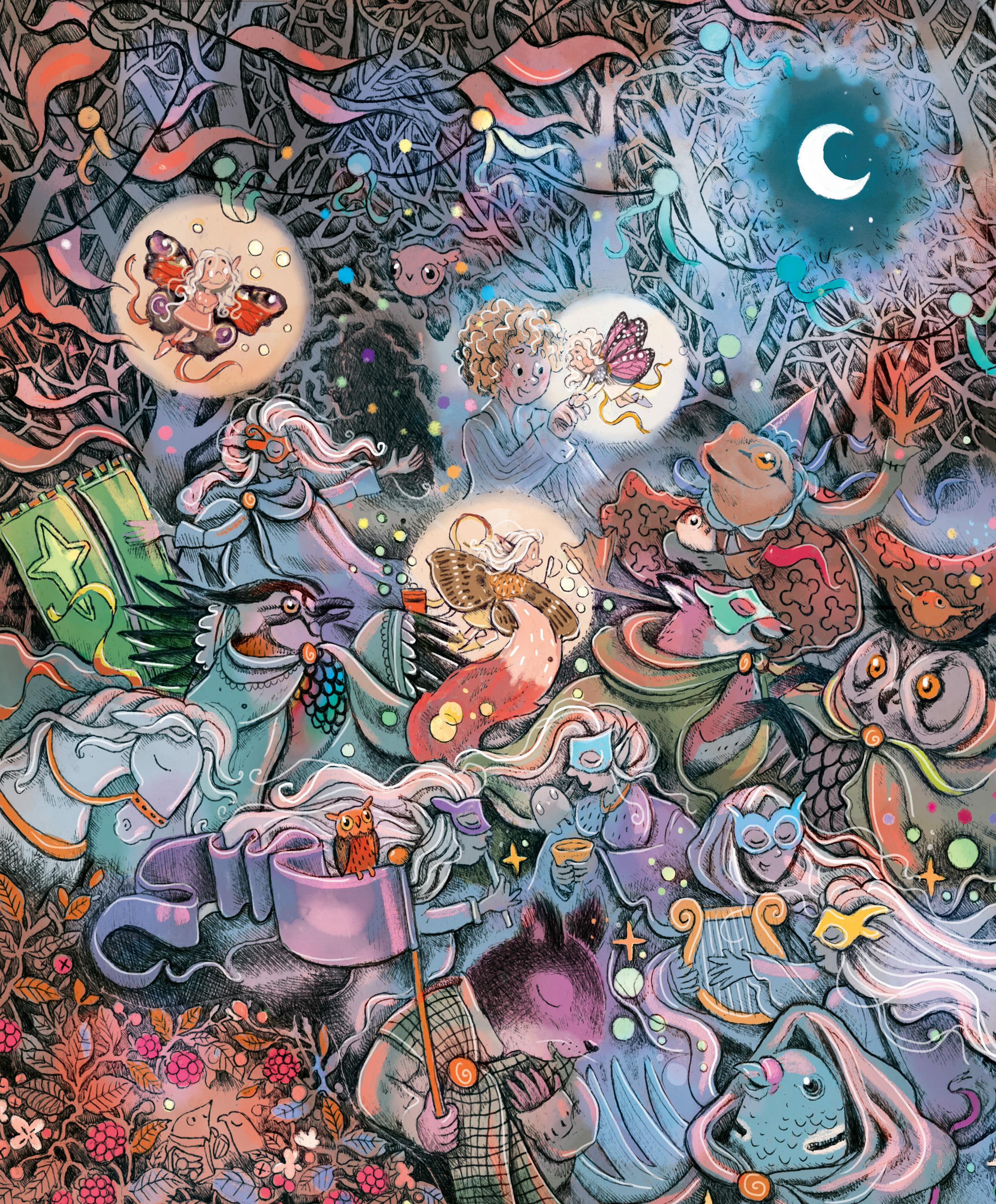

Weaving olden dances, Mingling hands and mingling glances Till the moon has taken flight;